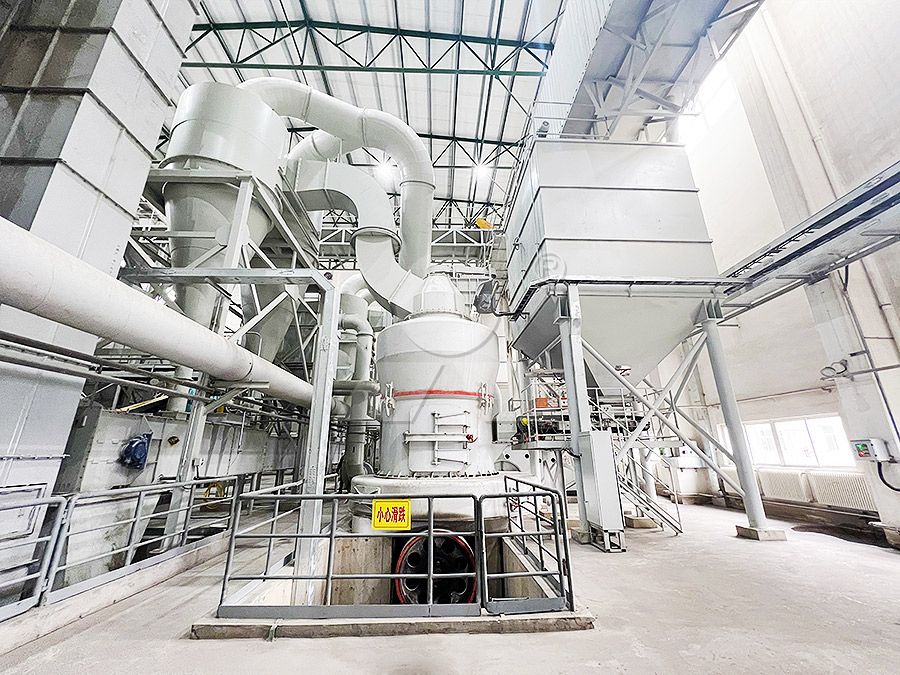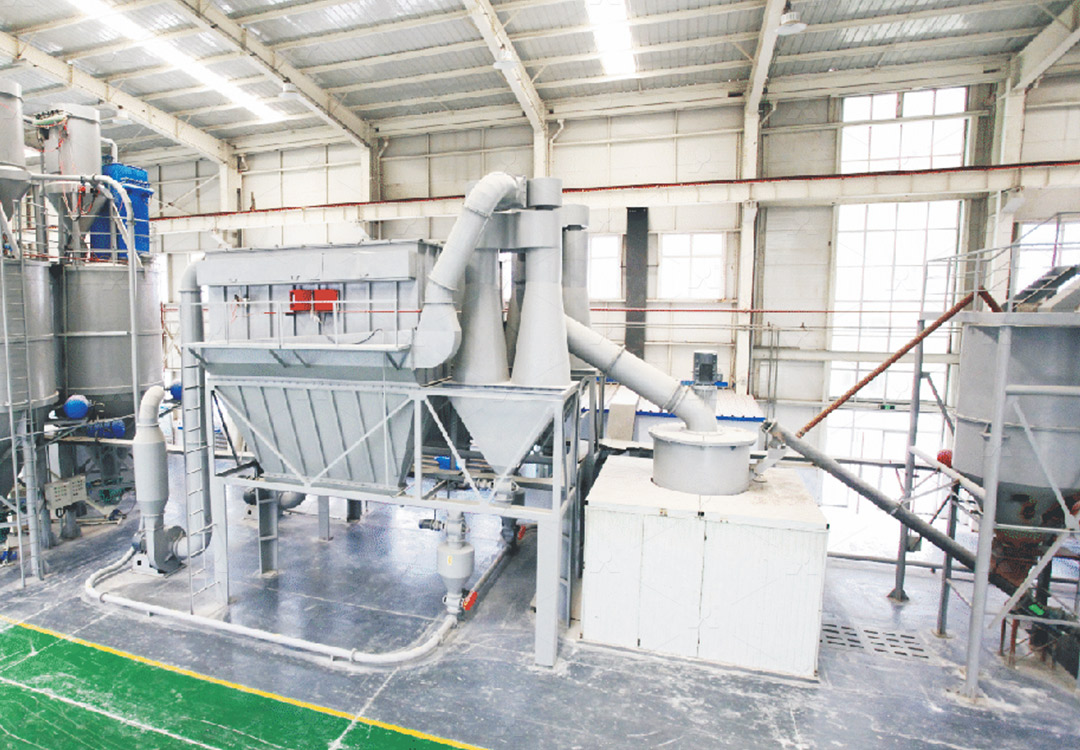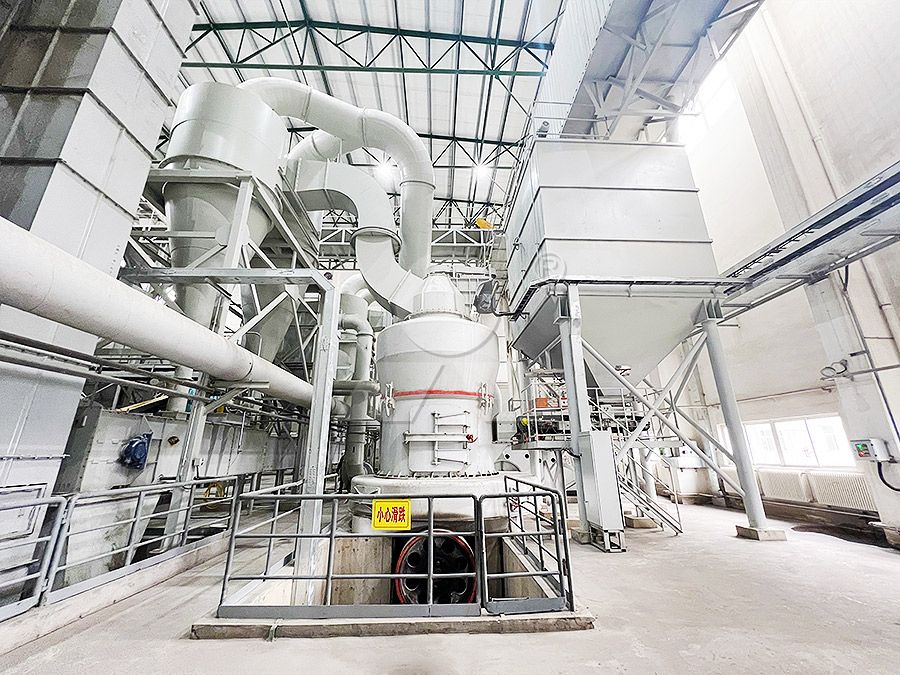3R Raymond Mill for 1000 Mesh Powder Production
Unlocking Ultra-Fine Powder Production: The 3R Raymond Mill Solution
In the competitive world of mineral processing and powder production, achieving consistent 1000 mesh fineness represents a significant technical challenge. For decades, the 3R Raymond Mill has stood as a reliable workhorse in grinding operations worldwide, offering a balanced approach to fine powder production across various industrial applications.
The 3R configuration—referring to three grinding rollers—provides enhanced grinding force compared to smaller models, making it particularly suitable for medium-scale production requirements. When properly configured and maintained, this mill can effectively process materials to 1000 mesh (approximately 15 microns), though operators must understand its limitations and optimal operating parameters.

Technical Considerations for 1000 Mesh Production
Producing powder at 1000 mesh demands careful attention to several operational factors. Feed size must be consistently controlled below 25mm, with moisture content managed to prevent clogging and reduce energy consumption. The grinding roller pressure requires precise adjustment—too little pressure results in insufficient grinding force, while excessive pressure generates unwanted heat and accelerates wear on grinding components.
The separator system plays a crucial role in achieving target fineness. For 1000 mesh production, the separator must operate at high rotational speeds to generate sufficient centrifugal force for precise particle classification. Many operations find that retrofitting modern high-efficiency separators to existing 3R Raymond Mills significantly improves their capacity to produce finer powders consistently.
Beyond Traditional Raymond Technology
While the 3R Raymond Mill remains a viable option for certain applications, technological advancements have introduced more efficient solutions for ultra-fine powder production. For operations requiring higher capacity, better energy efficiency, and more consistent 1000 mesh output, modern grinding technologies offer substantial advantages.

Our MW Ultrafine Grinding Mill represents a significant leap forward in ultra-fine powder processing. Engineered specifically for customers requiring precise control over particle size distribution, this machine achieves fineness between 325-2500 mesh with remarkable consistency. With an input size capability of 0-20 mm and capacity ranging from 0.5-25 tph, it outperforms traditional Raymond mills in both efficiency and product quality.
The MW series incorporates several innovative features that make it particularly suitable for 1000 mesh production. Its newly designed grinding curves of grinding roller and grinding ring enhance grinding efficiency, delivering 40% higher production capacity compared to jet mills and stirred mills at the same fineness and power consumption. The cage-type powder selector, adopting German technology, ensures precise powder separation, achieving d97≤5μm in a single pass.
Operational Advantages for Modern Facilities
Beyond its technical capabilities, the MW Ultrafine Grinding Mill addresses several practical concerns that impact total cost of ownership. The absence of rolling bearings and screws in the grinding chamber eliminates common failure points, reducing maintenance downtime significantly. The external lubrication system enables continuous operation up to 24 hours without shutdown for maintenance.
Environmental compliance is seamlessly integrated into the MW design. The efficient pulse dust collector ensures no dust pollution during operation, while silencers and noise elimination rooms reduce acoustic impact. These features make the transition to stricter environmental standards straightforward and cost-effective.

For operations processing limestone, calcite, dolomite, petroleum coal, gypsum, barite, marble, talc, or similar materials, the MW Ultrafine Grinding Mill provides a future-proof solution that balances production requirements with operational efficiency and environmental responsibility.
Frequently Asked Questions
Can a standard 3R Raymond Mill reliably produce 1000 mesh powder?
While possible with optimal conditions and frequent maintenance, consistent 1000 mesh production pushes traditional 3R Raymond Mills to their operational limits. Achieving this fineness typically requires reduced throughput and increased energy consumption compared to modern alternatives.
What is the main advantage of the MW Ultrafine Grinding Mill over traditional Raymond mills?
The MW series delivers significantly higher efficiency—producing 40% more output at the same power consumption while achieving more consistent fineness control between 325-2500 mesh. Its maintenance-friendly design also reduces operational downtime.
How does the powder selection system differ between these technologies?
Traditional Raymond mills use mechanical separation, while the MW Ultrafine Grinding Mill incorporates advanced cage-type powder selectors with German technology, providing much finer control over particle size distribution and higher separation efficiency.
What materials are most suitable for ultra-fine grinding to 1000 mesh?
Non-metallic minerals including limestone, calcite, dolomite, gypsum, barite, marble, talc, and similar materials process most efficiently. Material hardness should generally not exceed 9 Mohs for optimal results.
How significant are the environmental benefits of modern grinding systems?
Substantial. The MW Ultrafine Grinding Mill reduces energy consumption by 30-50% compared to traditional systems while incorporating integrated dust collection and noise reduction features that often eliminate the need for additional environmental controls.
